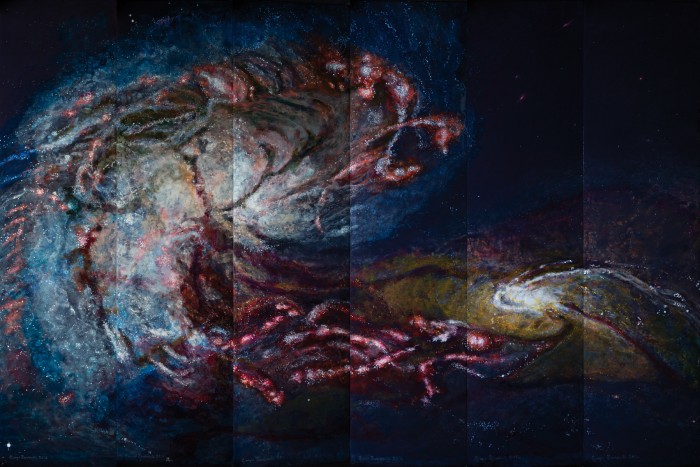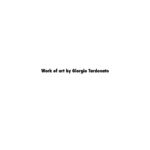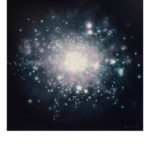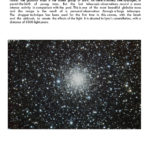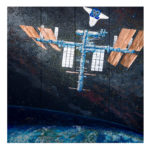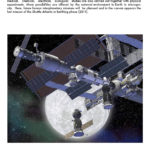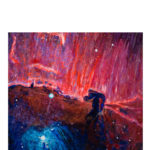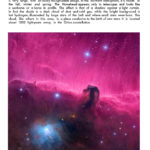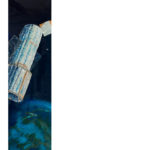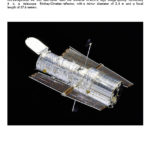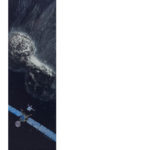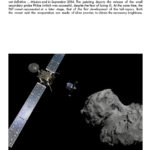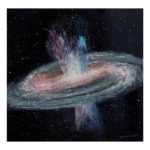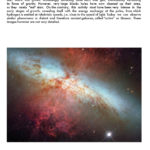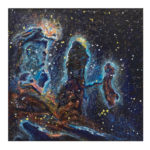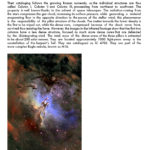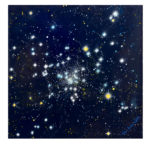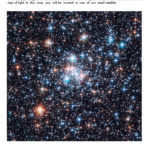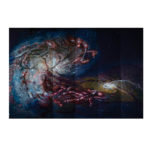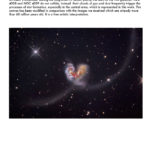Giorgio Tadonato is an italian space artist since 1987. He lives and works in Eupilio, Italy.
The artist trained as an impressionistic. His kind of painting could be called “astronomical”. In his works, we find stars, galaxies, comets, star clouds but also fanciful galaxies of antimatter, negative skies and cosmic crystals.
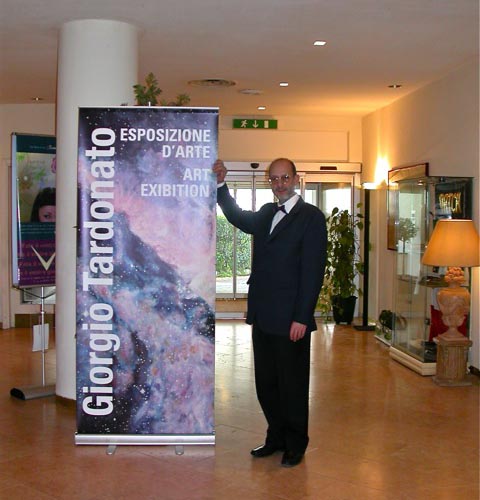
Past Exhibitions:
1987: personal exhibit – Sella Gallery – Lecco – curator Mr. Sella (Gallerist)
1990: personal exhibit – Villa S. Giuseppe – Erba (CO)
1993: group exibition – Club Volta – Milan
1995: personal exhibit – Municipal Hall – Eupilio (CO)
1996: international group exibition – Tain L’Hermitage – Tournon (France – dép. Rhone Alpes – curator Municipalité Tain – Tournon)
1997: personal exhibit – Municipal Hall – Erba (CO)
1997:personal Exhibition Villa Zappa, Erba (CO)
2005: exhibit with a painter A. Zoppis – Municipal Hall – Canzo (CO)
2006: personal exhibit – Holiday Inn – Assago (MI) – curator Mr. Zanchin
2009: exhibit with a sculptor G. Melotti – Municipal Hall – Asso (CO)
2011: exhibit with a sculptor G. Melotti – Municipal Hall – Castelmarte (CO)
2013: exhibit Florence Biennale: Firenze – Tablinum Cultural Management
2014: April – personal exhibit – Studio Tablinum – Tablinum Cultural Management- Bellagio (CO)
2014: September – personal exhibit – New York City – Gallery ARTIFACT- Tablinum Cultural Management
2014: November – Art en capital – Grand Palais – Paris – Tablinum Cultural Management
2015: July – August – Spoleto Art (collective) – Palazzo Leti Sansi – Spoleto (PG) – directed by V. Sgarbi
2016: Lust for Art 2016 Ad Infinitum – exhibit with space artist Pierre Kuentz, officinacento5, Como
“Among the many and various studies of lite-rature and arts, on which human minds feed, I estimate we should cultivate more importantly, it applies with great passion, those that relate to things more beautiful and worthy of being known.
And these are the ones that deal with the divine revolutions of the world and the course of the stars, of magnitudes, distances, and the rising and setting of the causes of the other celestial phenomena, and that, in the end, explain their sorting. And what on earth is more beautiful than the sky, which certainly contains all the beautiful things? The state of the sky and the very names of the world: this with the name of purity and ornament, that of artistic chisel.”
Nicolaus Copernicus (1473-1543)
On the Revolutions of the Heavenly Spheres
The beauty of the cosmos takes on a particular value if it is enhanced by the work of someone who knows how to guess the union between the art form created by Man and another form of Art, mysterious flavor, made up of galaxies, remote solar systems and originated from the cosmos itself.
The wonder created by nature comes to intertwine in the infinite amazement that feeds the questions of the human being from its inception, pushing it in search of the mystery that gave rise to everything that surrounds us, it combines the creative force, thirst to discover ever new perspectives that is proper to the human and gives rise to a unique form of art that find in Tardonato a excellent demiurge.
The artistic movement of Space Art relies on a ancient and essential bond to science with art. We can find one of its happiest expressions in the works of that artist and astronomer Giorgio Tardonato.
Thanks to a genuine insight that makes to coexist the artist with the passionate man of science, we are accompanied by Tardonato, in an amazing journey to the discovery of the Cosmos.
The universe is generated according to mysterious laws that Men from all Eras have tried to find out with hard study and understanding.
Probably it’s not enough to use the rational mind to fully understand why such beauty and perfection that regulate Universe have rules too amazing to be expressed only into mathematical equations.
The path marked by Tardonato following the suggestions of Space Art allowed him to build a consistent and culturally flawless career. Thanks to his mastery and spontaneity, he uses various pictorial techniques in order to be able to better shows the full bound with cosmic visions and knowledge related to the myth of creation. The spectator who admires his work is not alone in front of a beautiful work of art, but can also take advantage of a detailed astronomy lesson.
His operas offers to us an astronomical vision, icastic and true, without abstractions, that come from a real experience with a good telescope.
Started with the traditional technique of oil painting in the eighties, the beautiful galaxy NGC 1365, worked with brush and palette knife, it is one of the most sensational of his operas.
We can follow the evolution of his first technique to an unconventional shape, with the use of special cotton canvases and brushes, sometimes enriched by a skyllfull use of resins, gold foil, copper or aluminum.
All those special materials, allow us to create a three-dimensional effect that render his art unique.
One of the the most stunning works created by Tardonato it is Antennae: A magnificent polyptych in six parts, with, enrich with beautiful glazes of color, able to condense in itself all the wonder for the Beauty and the Perfection of the Universe.
Two galaxies, 60 million light-years away from us, come to clash in an event of exceptional durability, a billion years, during which the stars of NGC 4038 and NGC 4039 are mixed, but never come into collision.
Their arms develop spectacular star-formation processes in which vortices of dust and gas become the beating heart of a millenary creation, come to us already older than 60 million years, that cannot fail to fascinate and inspire in us great questions and dilemmas.
His pursuit of perfection become a strong interpretive key for a works such as the First Big Radio Telescope, the Hubble Space Telescope, the core of the Antennae and latest creation, the international space station ISS.
The origins of Mankind himself with its thirst for knowledge will are revoked by the shapes of our Planet Earth: the starting point from which it emerges the perfect amount of ISS, a real promise for Mankind to overcome their own horizons.

